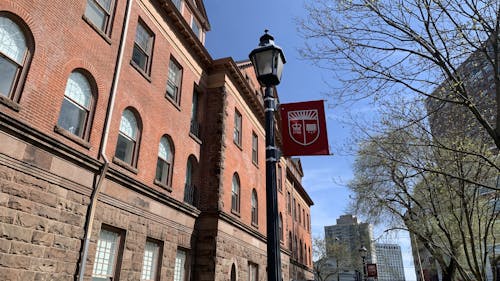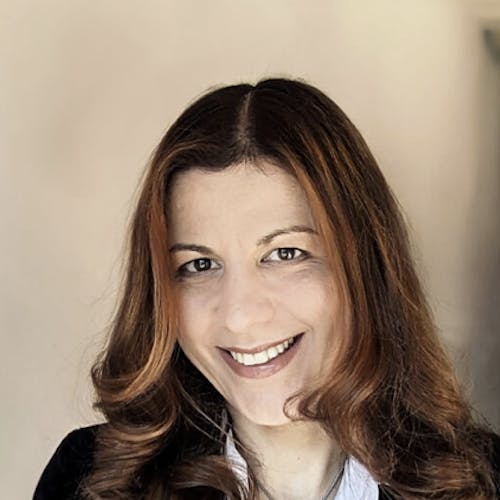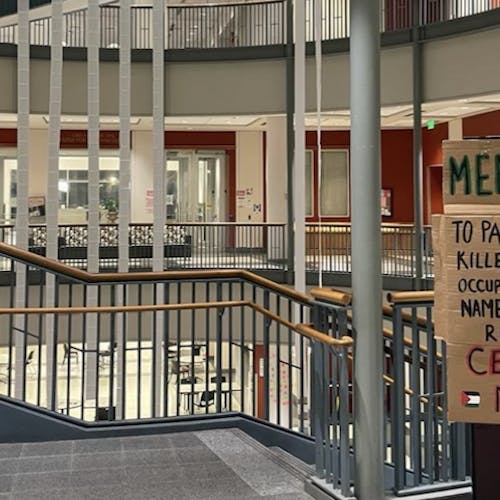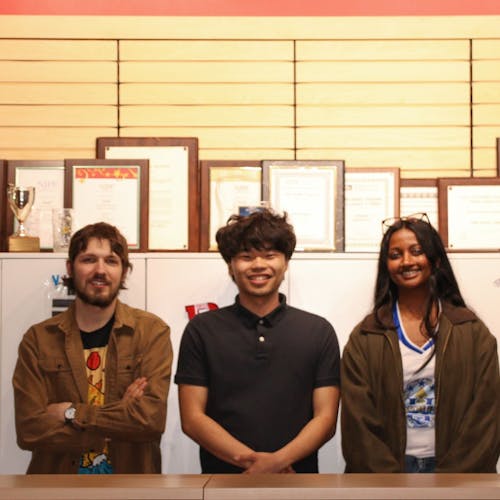U. receives $250,000 grant from Alfred P. Sloan Foundation to improve diversity in geosciences

On March 22, the University announced that it received a $250,000 grant from the Alfred P. Sloan Foundation which will be used to increase the number of Black, Latinx and Indigenous students who earn degrees in the geosciences, according to a press release.
The foundation is a grant-providing, nonprofit organization that supports initiatives relating to improving diversity and impartiality in the scientific workforce as well as strengthening public understanding of scientific work, according to the organization’s website.
Carrie Ferraro, associate director for Coastal Climate Risk & Resilience and investigator for the project, said that the goal of the project is to promote diversity in the geosciences, which is one of the least diverse fields of science.
Ferraro said she is working alongside Luis Rivera and Ashaki Rouff, both of whom are associate professors at Rutgers—Newark. Rouff is also the primary investigator for the project, she said.
“(Diversity is) something that we really care about, and it's something that is recognized as a real need in the geosciences because it's so white,” she said.
Ferraro said the program, which will be conducted in a hybrid format, seeks to provide mentorship and community to underrepresented students. The program will assign graduate students in the geoscientific field as mentors to undergraduate students pursuing similar paths.
The project is currently expected to run for two years, and students who participate this summer will receive resources on how to pursue graduate school and careers in the field.
Participants will receive a $3,000 stipend and will also be given the opportunity to partake in field trips, which will be used to foster connections between the Rutgers—Newark and Rutgers—New Brunswick communities.
Ferraro said that building connections with the Newark campus is beneficial for multiple reasons including increased diversity and representation, access to scientific resources and intercampus staff connections.
In terms of diversity, she said that the Rutgers—New Brunswick graduate geoscience population is predominantly white, and the Rutgers—Newark population, as a minority-serving campus, is more diverse.
“Tapping into those students that have already progressed and show an interest in the geosciences and … encouraging them to pursue (graduate) school at Rutgers, either here in New Brunswick or Newark, is what we're trying to do,” she said.
In addition, Ferraro said that both the New Brunswick and Newark campuses have several laboratories and other research facilities, and being able to share those resources between campuses is significant.
Building connections will also allow for more collaboration between students and faculty of each campus, which can help vary student experiences and help them grow, she said.
Ferraro said that bringing diverse experiences and backgrounds into the field improves the way individuals look at science and understand how the planet works.
She also said that communities of color are hit the hardest by major environmental issues such as climate change and pollution and that it is important to include their voices in relevant conversations in order to develop solutions.
Part of this problem-solving process comes from working with environmental justice communities or local communities who are more aware of how issues such as sea rise affect them, Ferraro said.
“Students of color really are driven to pursue the geosciences because they want to make this difference in their communities or communities of other people of color,” she said. “We want them to feel included, and we wanted to create a community so that they don't feel isolated.”



